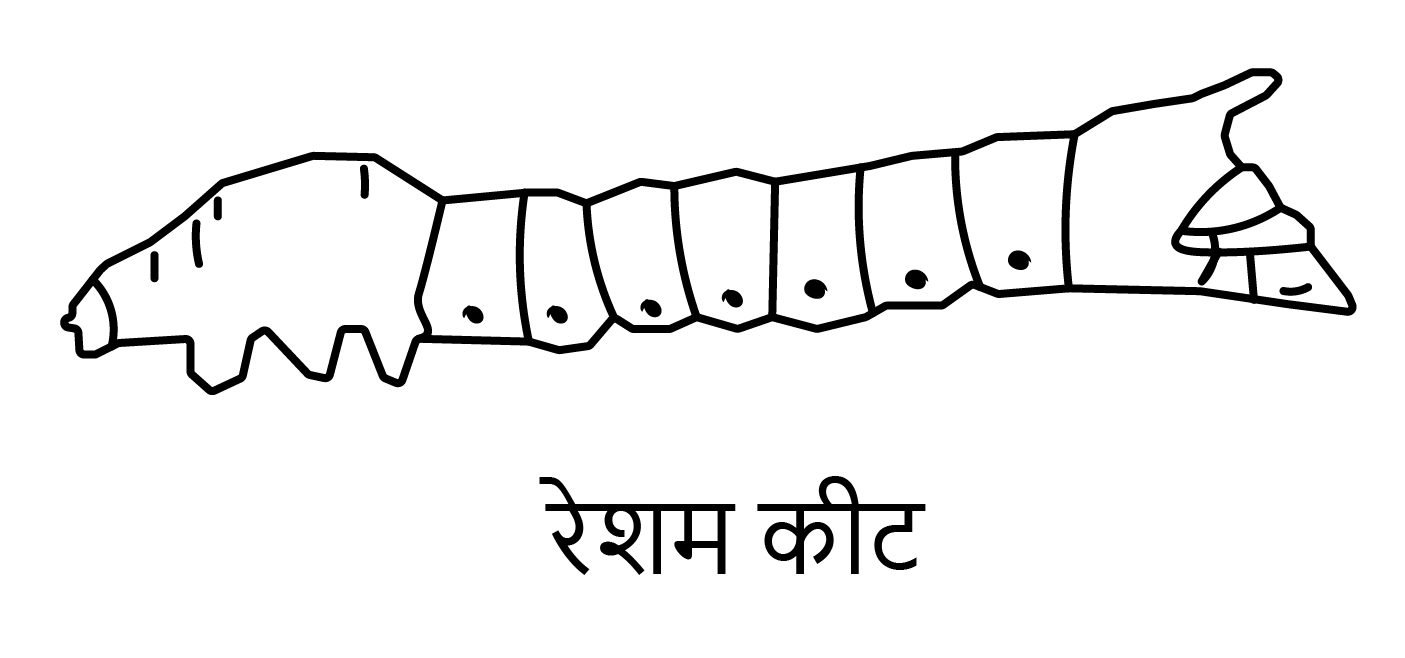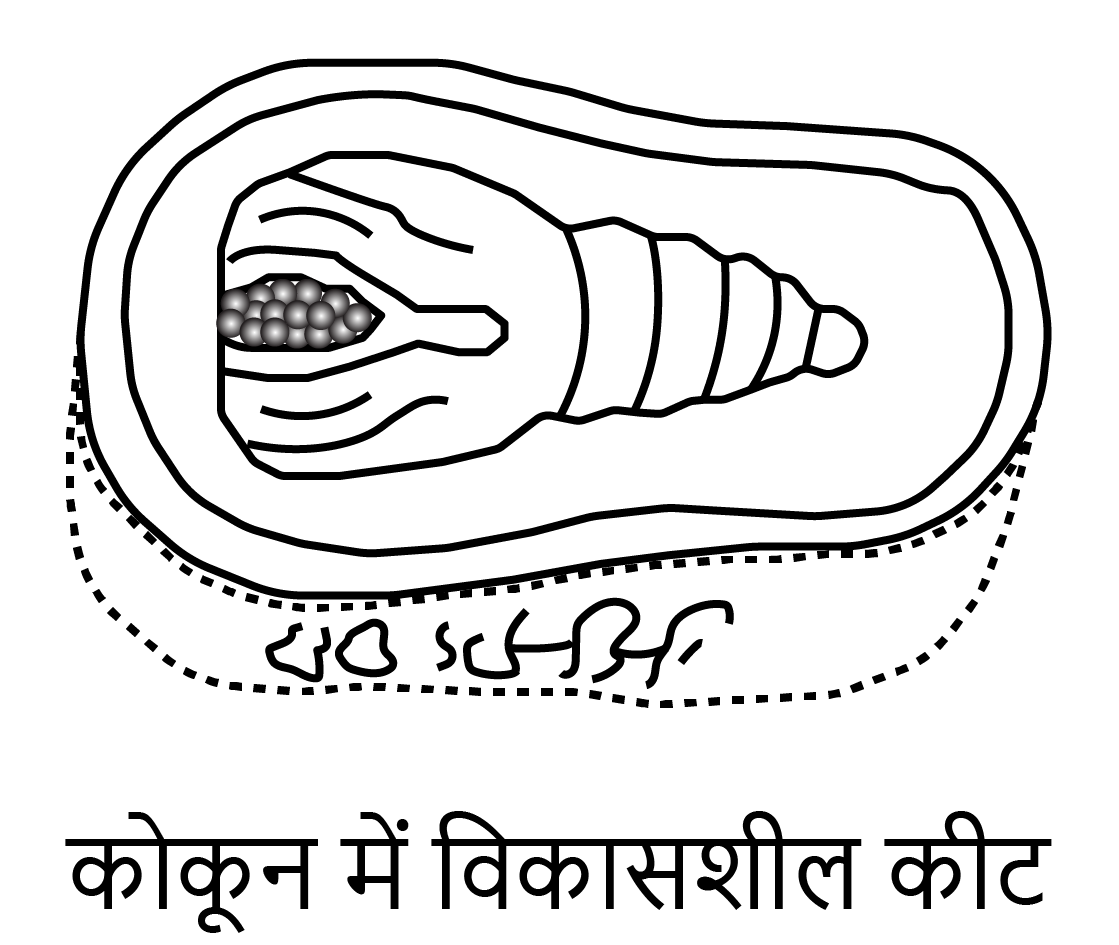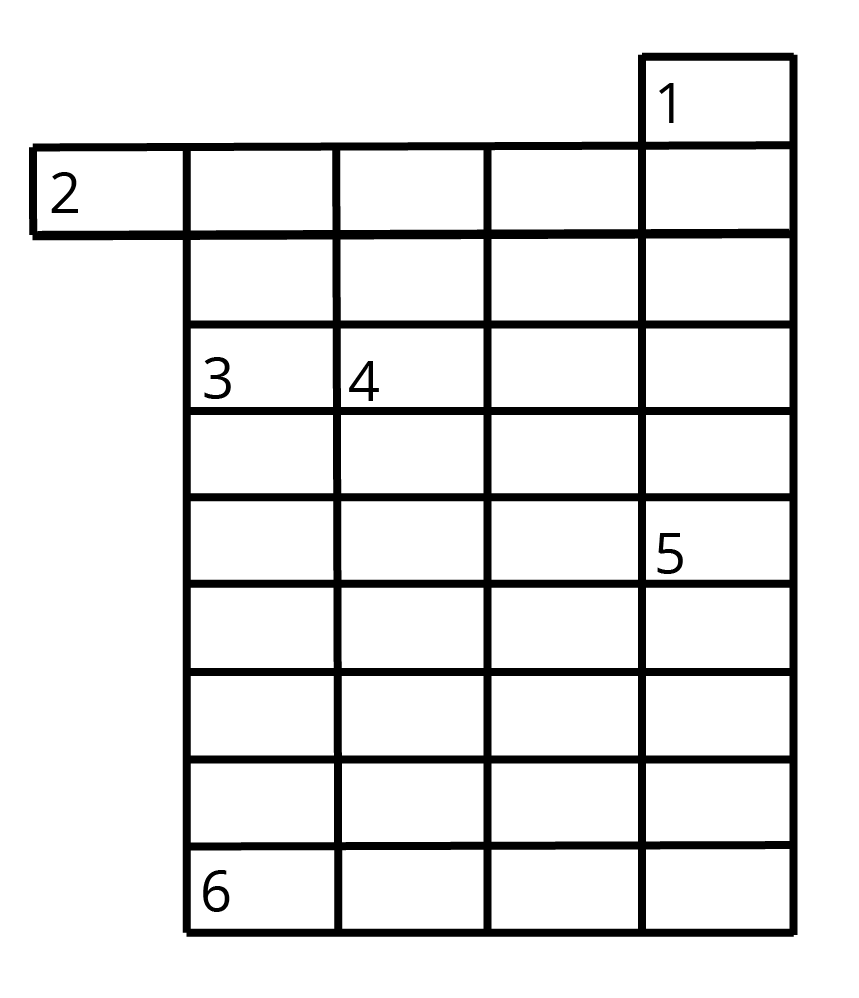Step-by-Step Solutions For Class 7 Science Chapter 3 In Hindi - Free PDF Download
FAQs on NCERT Solutions For Class 7 Science Chapter 3 Fibre To Fabric in Hindi - 2025-26
1. What are the important topics covered in Chapter 3 of NCERT Solutions for Class 7 Science?
The important topics covered in Chapter 3 of NCERT Solutions for Class 7 Science are the fabrics obtained from various parts of an animal, various methods like rearing, shearing, sericulture, etc and terms related to the production of silk. The life history of a silk moth in terms of the production of silk is also discussed. The NCERT questions are aptly answered on Vedantu in a way that they best cater to what is specifically asked.
2. How many questions are present in Chapter 3 of NCERT Solutions for Class 7 Science?
3. Are NCERT Solutions of Chapter 3 of Class 7 Science free?
Yes, the NCERT Solutions of Chapter 3 of Class 7 Science are absolutely free of cost. The Fibre to Fabric Class 7 PDF has been provided by Vedantu experts for students to download and study. Students will gain a firm grasp of the subject topic with such a solution-based approach. All of the questions in Chapter 3 of Class 7 Science are designed and organised in a systematic way so that students may gradually comprehend the chapter's topics.
4. What are the benefits of NCERT Solutions of Chapter 3 of Class 7 Science?
NCERT Solutions of Chapter 3 of Class 7 Science have numerous benefits. The whole Chapter 3 of Class 7 Science has been simplified, with an emphasis on the most significant elements. This will provide the learner with a general idea of the subject. Before every examination, every student wants to review all of the chapters. Having a condensed version of Chapter 3 of Class 7 science will allow them to cover all of the subtopics in a short amount of time. In addition, the student will have extra time to cover additional chapters.
5. How are silkworms reared according to Chapter 3 of Class 7 Science?
A mother silk moth typically lays approximately a hundred eggs at a time. The silkworm growers buy these eggs, which are carefully preserved on paper or fabric strips. For the eggs to hatch, the farmers maintain an appropriate temperature, humidity, and sanitary environment. The larvae grow in size by eating fresh mulberry leaves throughout the day. The farmers maintain the larvae with the mulberry leaves on bamboo trays with clean, small chambers. After 25-30 days, the larvae stop feeding and enter the small chambers to weave the cocoon. Farmers occasionally supply tiny twigs or racks to such chambers. The pupa grows into the silk moth within the cocoon.



























